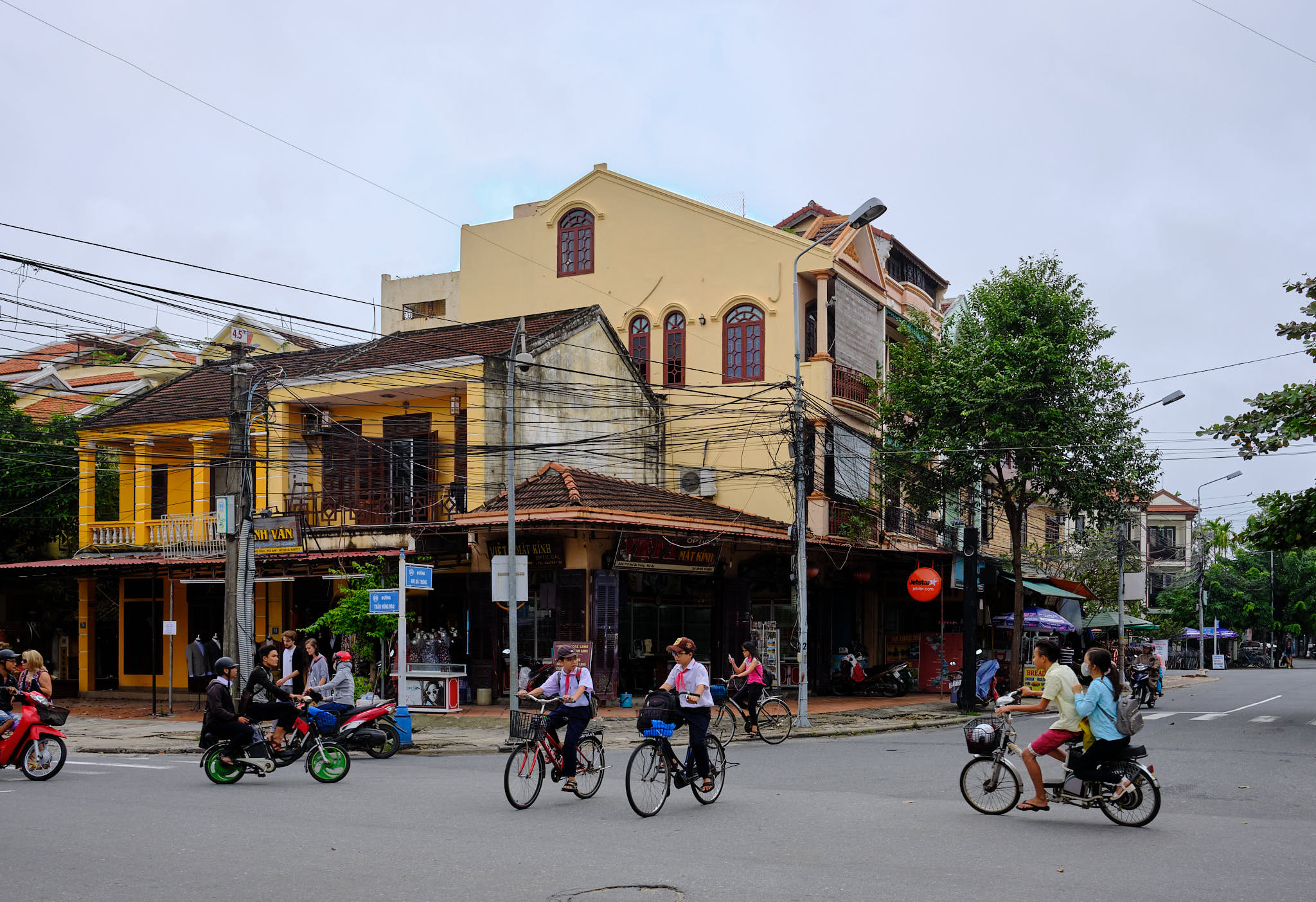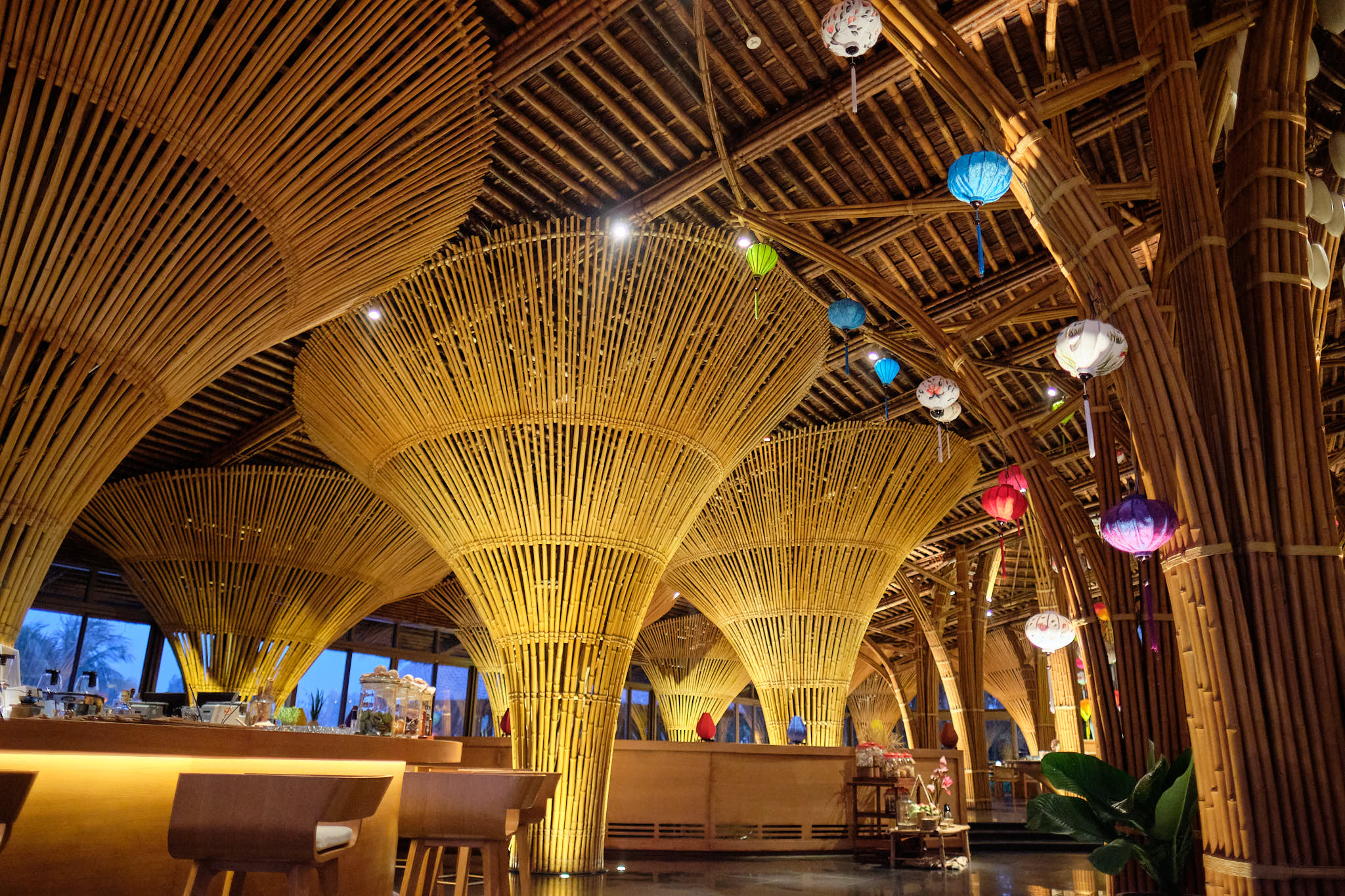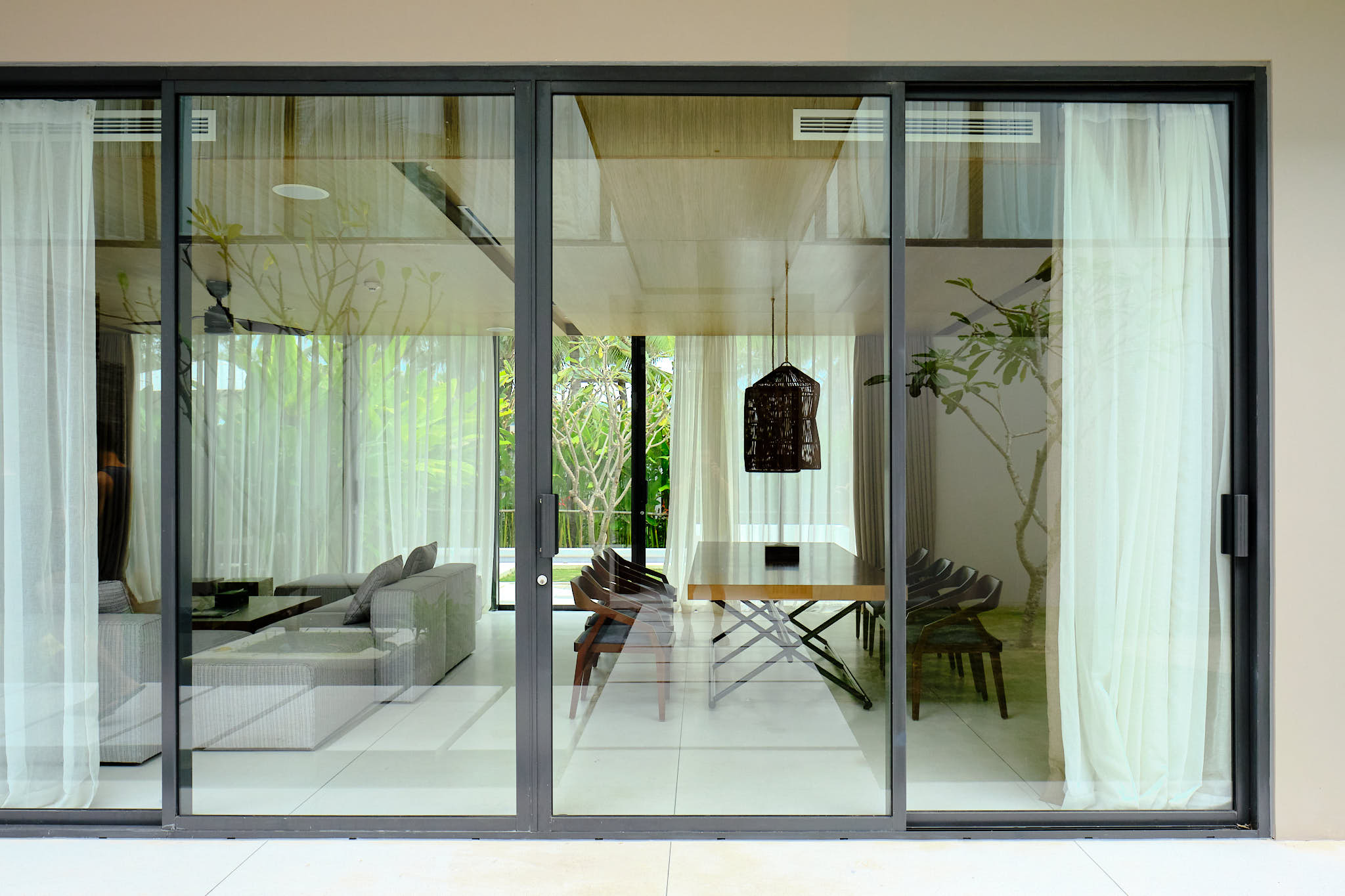Hoi An is a city on Vietnam’s central coast known for its well-preserved Ancient Town. The former port city’s melting-pot history is reflected in its buildings with a mix of eras and styles from Chinese, to colourful French colonial buildings, to Vietnamese and Japanese. These images were actually taken in 2016, but were recently rediscovered when I was following my strict Image Management routine and testing old backups.
I also recalled a tragedy that occurred on this trip that solidified my view that the Vietnamese are some of the most amazing and caring humans on Earth. While taking a taxi between Da Nang (the largest city in Central Vietnam) and Hoi An, on a dark and very wet road, we witnessed a tragic motorbike accident.


A motorbike went to overtake our taxi; this happens every few minutes in Vietnam so that in itself is of no consequence. However, what this rider didn’t know was that there was a car coming in the opposite lane (likely without headlights on). As my taxi driver tried in vain to warn the middle-aged woman, we witnessed, in a strange slow-motion way, her motorbike hitting the car head-on.
The impact was at a relatively low speed, however I saw her body go limp after the impact and she and her bike fell to the ground. She was unresponsive. Making the tragedy even worse was that her young daughter was riding a small scooter behind her. Seeing her daughter ride up to the scene was heartbreaking. What followed however restored my hope in society and may very well have saved the mother’s life.


Without even a millisecond of thought, another taxi driver up the road pulled over and opened his trunk to grab a tarp. He draped the tarp across the back seat of his car and gently worked with the others on the scene to lift the woman onto his back seat. He said he was taking her to the hospital. Waiting for an ambulance in that area would have taken 20-30 minutes at best, so this man’s actions could have saved her life.
I remember feeling solemn for the remainder of the trip and wondering if that mother survived the accident. Throughout our travels in Vietnam, we’ve always been overwhelmed with the locals’ kindness, and this tragedy solidified my view that the Vietnamese are truly great people. It’s been several years since this accident happened, but I hope that the mother recovered from her injuries and is happily living out the rest of her life with her daughter close by her side.


Hoi An
Switching gears back to Hoi An. It’s a really beautiful place that’s perfect for photography. The burnt yellow paint on most buildings is the ideal background for almost any type of picture. Add in the motorbikes, pushcarts, street food, lanterns and warm locals, and you have a recipe for beautiful memories. When most people are planning to visit Central Vietnam, they debate between staying in Da Nang (the big city) or Hoi An (the ancient town) or somewhere in between.
Having tried all three locations, I would recommend staying in Hoi An for the best ancient town experience, and somewhere in between if you want to enjoy the lovely beaches that Da Nang is famous for. I would not recommend staying in Da Nang city itself unless your goal is to enjoy the bustling city life that Vietnam is known for. However, if that’s what you want, I’d recommend Saigon or Hanoi over Da Nang city.









Flooding
Eagle eyed readers may have noticed something peculiar about Hoi An and where electrical outlets are placed indoors. They’re placed high up, way high up, and for very good reasons, because Hoi An is known to flood. Sometimes the flooding can reach up to 5 meters high! That’s pretty rare however and the flooding is usually only a meter or two.
Flooding normally occurs in the last quarter of the year, so if you’re travelling there for Christmas, keep this in mind. I actually found it quite interesting and fun; life goes on as if nothing has happened! The town cleans itself up pretty quickly after the floods subside and everything returns to normal. The only inconvenience is if you can’t access your hotel, in which case you may need to hop on a locals’ boat or pull up your pants and get your feet wet.


Naman Resort
For this trip, we stayed in between Da Nang and Hoi An at Naman Retreat. We had been recommended this hotel by an architect friend. It’s location is ideal for exploring both cities, reachable by taxi in around 30 mins in either direction. The hotel itself is architecturally stunning, with local materials and local design used throughout. I love staying in hotels like this, where the local aesthetic is embraced.







Conclusion
I’ve travelled to this area three times since 2016 and have loved it every time. The architecture, the history, the amazing people, amazing food and world class hotels, resorts and beaches everywhere. Since APEC was hosted in Da Nang in 2017, things have really developed and you’re spoiled for choices of where to stay and what to do.
I haven’t been there since COVID-19, so you I chose not to highlight any restaurants or cafes that we went to, out of fear that they may no longer be in business. However, knowing Vietnam’s vibrant entrepreneurs, they’ll have already built something newer and even better than what we experienced in our previous trips. There’s an energy in Vietnam that is hard to describe and should be experienced by every traveller.
Never miss a post again, please subscribe to our no-spam mailing list
A final note. While going through and editing these images, I reminisced about the simpler times when using just my Fujifilm X-Pro2 and two lenses (XF16 F1.4 and XF23 F2). It’s remarkable how sharp the images are from that 24MP sensor from 2016. The colours are so vibrant, and the slight reduction in dynamic range somehow makes the images more film-like and contrasty, likely due to the clipped blacks.
When I get back to Beijing, I’m going to dig out the old X-Pro2 and take it out for a spin! Maybe it will lead to one of those articles with a title like “X-Pro2 in 2022, is it still good?” 🙂

Discover more from fcracer - Travel & Photography
Subscribe to get the latest posts sent to your email.